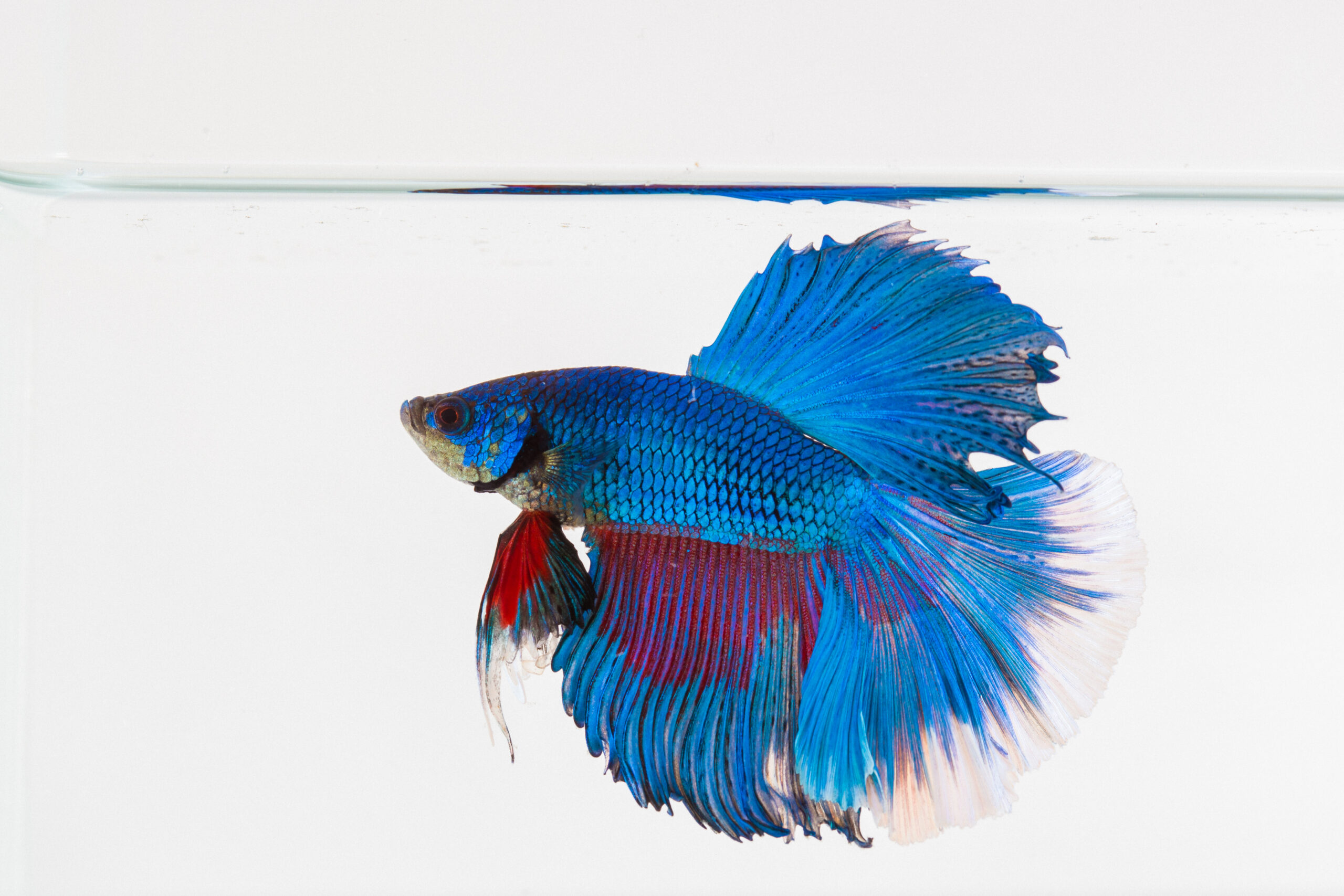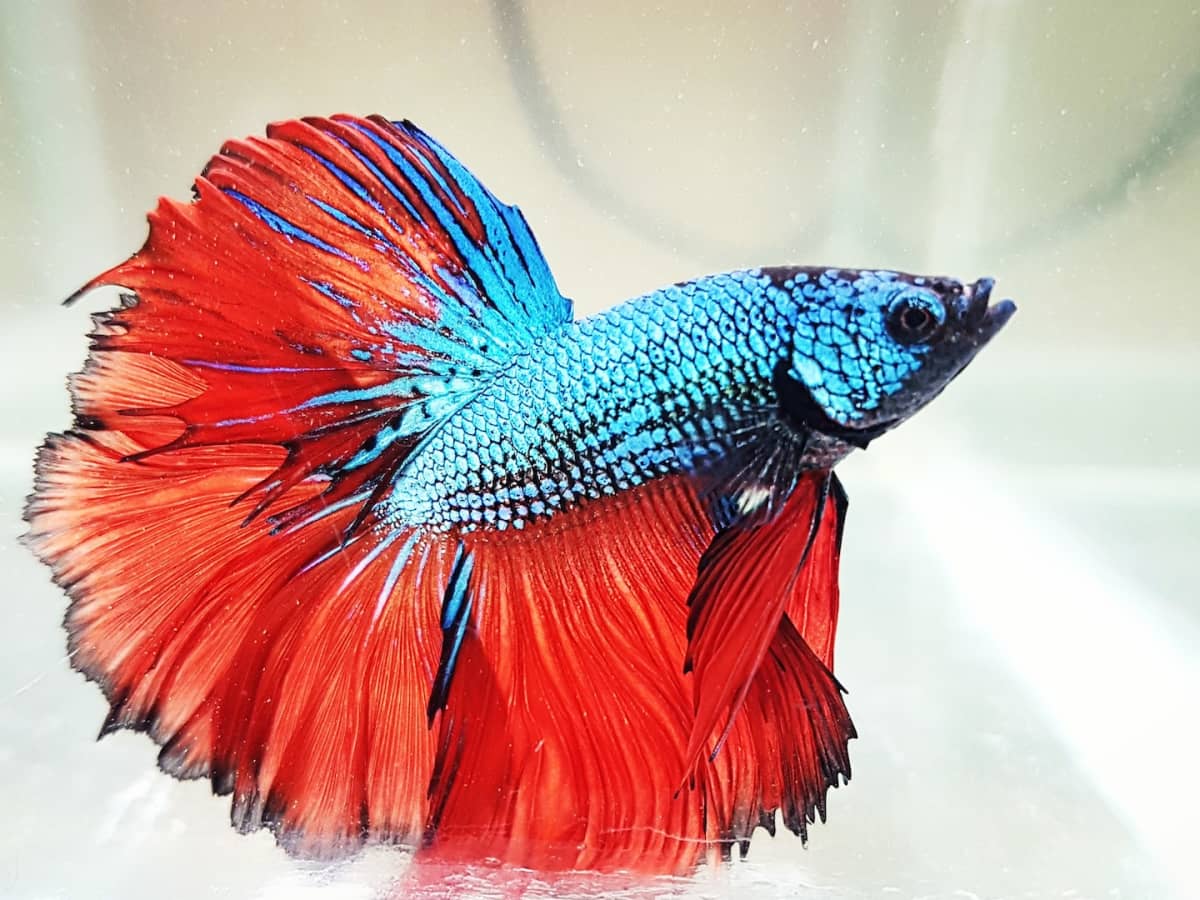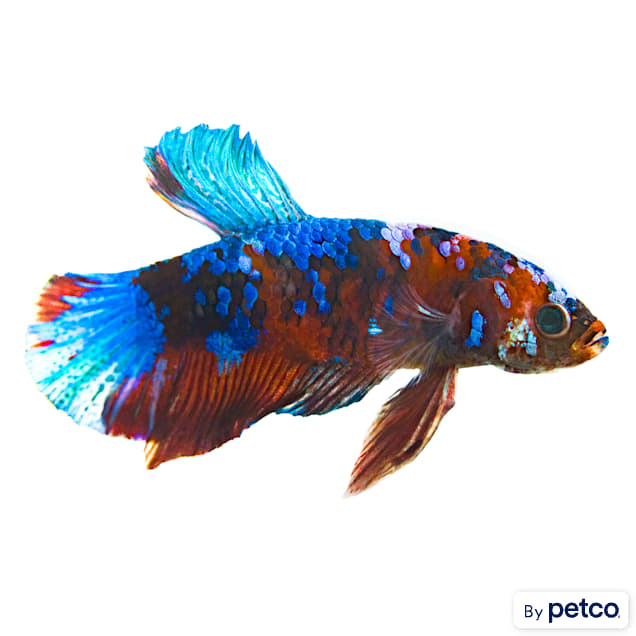Breeding Betta Fish: a Comprehensive Step-By-Step Overview to Efficiently Raising Child Bettas From Eggs to Their Adult Years
Breeding Betta fish is a meticulous endeavor that requires careful planning and execution to ensure the effective development of fry from eggs to grow fish. Selecting genetically varied breeding pairs with preferable qualities is just the beginning; creating an ideal environment and recognizing the complexities of the reproducing procedure are equally important. As the male Betta faithfully constructs a bubble nest and guards the priceless eggs, the succeeding stages of treatment and shift need focus to detail and understanding of finest methods. Just how does one browse the challenging yet gratifying path of supporting these dynamic animals to the adult years?

Choosing Breeding Pairs
When getting started on the trip of breeding Betta fish, selecting the appropriate reproduction sets is crucial to achieving preferable characteristics and a healthy and balanced lineage - betta fish. The very first step in this process is to recognize the specific traits you wish to improve or protect, such as color, fin kind, and physique. It is important to pick genetically diverse sets to avoid inbreeding, which can bring about health and wellness concerns and undesirable attributes
Assess potential breeding prospects thoroughly. A healthy and balanced male Betta should display vivid shades, an active disposition, and well-formed fins, while the woman should likewise present lively pigmentation and a rounded stomach, indicating readiness for spawning. Observing the personality of both fish is important, as hostile or extremely shy individuals may not breed efficiently.
Maintaining documents of the moms and dad fish's ancestry can assist you track hereditary traits and possible issues. Eventually, investing time in the selection procedure will substantially boost the possibility of producing solid, vivid offspring that fulfill your breeding goals.

Preparing the Breeding Container
Producing an ideal breeding environment is a vital step after selecting ideal sets for Betta fish. The reproduction tank must be specifically created to give comfort and boost the all-natural breeding habits of the fish. Beginning with a storage tank size of a minimum of 10 gallons to guarantee adequate space for both the male and women Bettas.
Keep a gentle purification system to keep the water clean while avoiding strong currents that can emphasize the fish. Additionally, an air stone can be included to supply oxygenation without interrupting the water surface also much.
Temperature level guideline is crucial; go for a steady series of 78-82 ° F(25-28 ° C) using a dependable heating system. The pH degree need to be maintained in between 6.5 and 7.5, and normal water adjustments are required to make sure high water top quality.
Include drifting plants or spawning mops to develop hiding areas for the female, while additionally urging bubble nest structure by the male - betta fish. Finally, guarantee the storage tank is without sharp decorations and any prospective hazards, as the well-being of the fish must constantly be prioritized throughout this crucial stage of reproduction.
The Breeding Refine
Typically, the breeding process for Betta fish entails a series of distinctive and visible behaviors that suggest preparedness for reproduction. The male Betta begins by developing a bubble nest at the water's surface area, which works as a website for the fed eggs. This nest is essential, as it supplies a safe environment for the eggs up until they hatch out.
As soon as the nest is developed, the male will certainly present courtship behaviors, such as flaring his fins and displaying vibrant shades to draw in the female. The woman, upon noticing the male's preparedness, will respond by displaying upright stripes along her body, indicating her receptiveness.
When the female strategies, the male takes part in a breeding dance, commonly leading to a welcome called the "spawning." During this welcome, the woman launches her eggs, which the male feeds immediately. The fertilized eggs then drop to the bubble nest, where the male very carefully gathers and returns them to the nest. Following this, the male assumes obligation for safeguarding the nest and making sure the safety anonymous and security of the eggs until they hatch out, generally within 24-36 hours. This stage is essential in the reproducing procedure, laying the foundation for successful fry advancement.
Caring for Betta Fry
Taking care of Betta fry requires careful attention to their atmosphere and nourishment to ensure healthy and balanced growth and growth. After hatching, Betta fry are very little and vulnerable, requiring a steady and clean environment. Preserving a water temperature in between 78 ° F and 80 ° F is essential, as Betta fry grow in cozy problems. Furthermore, make sure that the water is totally free of damaging contaminants; normal water changes of 10-20% are suggested to read this keep optimum water quality.
Feeding Betta fry is equally important. They ought to be offered infusoria or finely crushed premium fry food, as their mouths are as well tiny to manage bigger fragments. As they grow, you can gradually introduce larger foods, such as baby salt water shrimp or powdered flakes, to ensure they get ample nourishment. Feed them percentages several times a day, bewaring not to overfeed, which can result in water high quality problems.
Transitioning to Grownup Bettas
As Betta fry mature, transitioning them to grown-up Bettas is a vital stage that needs mindful administration of their atmosphere and social interactions. This procedure generally begins when the fry reach around 6 weeks old, at which point they can be progressively presented to a much more organized living environment.
To facilitate this shift, it is important to ensure that the water specifications-- such as temperature level, pH, and ammonia degrees-- are optimum and steady. Adult Betta fish grow in cozy water (around 78-80 ° F) with a pH of 6.5 to 7.5. Progressively adapt the fry to these conditions to reduce tension.
Social communications are an additional key variable; male Bettas are infamously territorial and hostile. For that reason, it is advisable to separate males right into private storage tanks as they grow. Women Bettas can be housed together, yet care needs to be required to check for signs of aggression.
Additionally, nutritional adjustments should be made as the fry grow. Integrate high-grade pellets and live foods to sustain their growth and health. like this By managing these factors successfully, you can advertise an effective shift to their adult years for your Betta fish.

Conclusion
Effective breeding of Betta fish needs careful focus to detail throughout the entire process, from choosing genetically varied pairs to offering optimum take care of fry. By ensuring suitable reproduction problems and keeping water high quality, the probability of healthy and balanced spawn raises dramatically. In addition, a well balanced diet plan and gradual adjustment to grown-up environments are important for the growth and growth of Betta fish. Adhering to these actions diligently cultivates a flourishing population of Betta fish, boosting both their health and vigor.